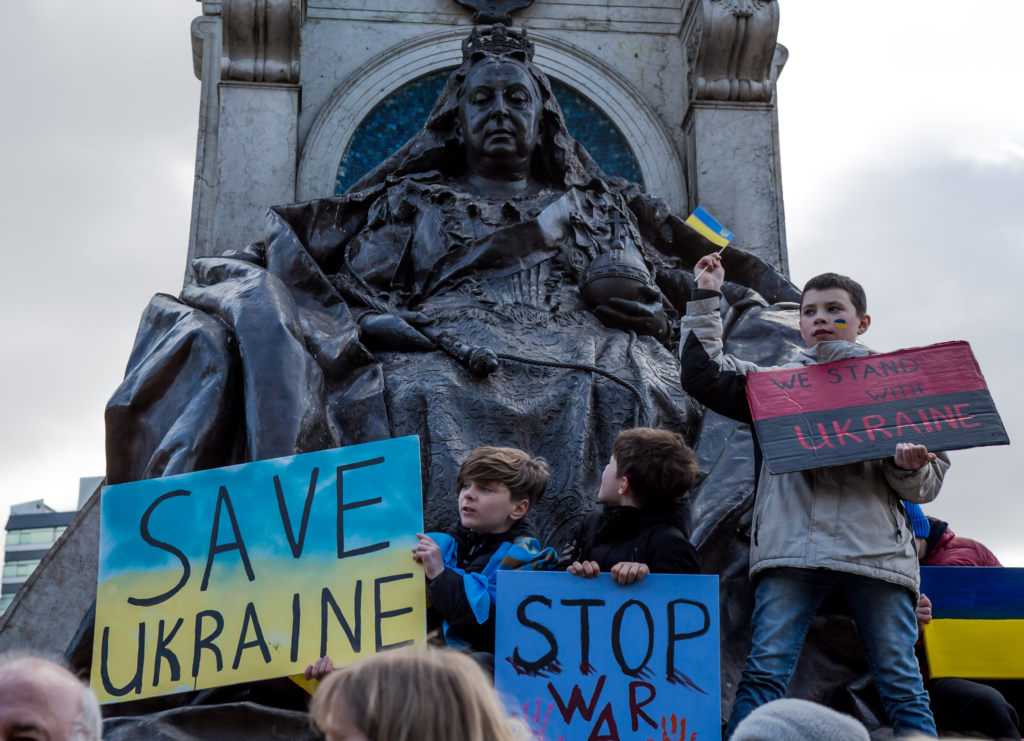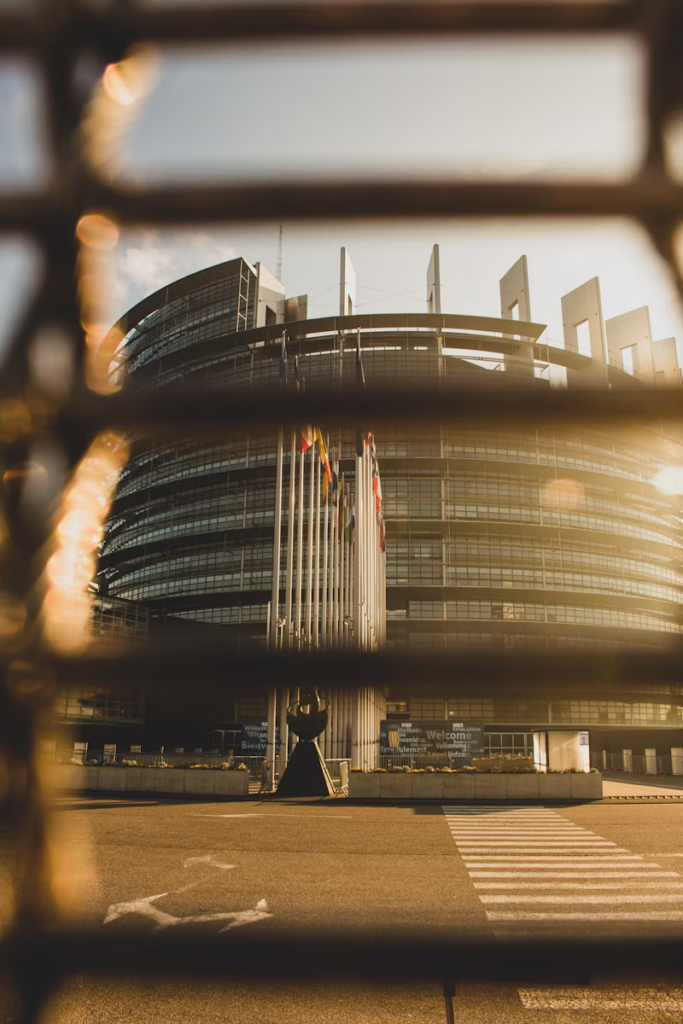In an age where information flows freely and quickly, the threat of deception looms large, casting doubt on the basic fabric of truth. The Russian disinformation campaigns, a complex web of misinformation, propaganda, and manipulation, are among the most formidable orchestrators of this digital deception dance. These disinformation efforts have matured into a powerful tool in the global environment, ranging from election involvement to inciting strife among states. Their methods are as varied as they are sinister, using social media platforms, state-controlled media sources, and clandestine online personas to promote narratives designed to achieve strategic goals. However, understanding the architecture of these campaigns is more than just an intellectual pursuit; it is a critical step in strengthening societies’ resilience against the onslaught of falsehoods. As the world grapples with the consequences of these complex operations, it becomes increasingly important to deconstruct and appreciate the underlying systems that underpin them. This article will discuss the huge risks recent disinformation campaigns have brought to European politics business, and how the consequences of these tail risks have global ramifications.
Sabotaging support for Ukraine
As Russia’s campaign of aggression in Ukraine rages on, international support for Ukraine has become more crucial than ever. As this importance has grown, so too have Vladimir Putin’s efforts to undermine this support. Since February 2022, EU vs Disinformation has recorded over 237 disinformation cases involving Ukraine, and over 5,500 total disinformation cases about Ukraine since its inception in 2015 (out of over 13,000 total examples of pro-Kremlin disinformation).
This has included more obvious attempts at sabotage, ranging from seeking to damage military bases and railways, as well as jamming GPS signals for civil aviation; however, disinformation, a more subtle form of sabotage, has also become an instrumental part of the Russian campaign. Throughout 2023, Russian disinformation was spread through a vast array of tactics, including a coordination fo social media platforms, an exploitation of regional grievances with the West, and aims to discredit the Ukrainian international reputation by presenting them as an unreliable ally, and aiming to discredit both civilian and military leadership. Through Europe these tactics have created discourse undermining support for Ukraine, claiming that Ukraine sold Western weapons for profit on the black market.

These tactics spread further however; throughout the South Caucasus and Moldova, targeted messaging attempted to divide societies from within, creating enclaves of pro-Russian actors. Much of this spread globally, disseminating pro-Russian propaganda throughout the world through Russian ambassadors and unaffiliated journalists. The risks of this propaganda dissemination are vast. As we heard from Oleg Ignatov, the risks of a Russian victory are both vast and terrifying. This spread of propaganda and disinformation surrounding the invasion of Ukraine poses incredible risks to the public and international political support for Ukraine.
Disinformation campaigns in Europe more broadly

With European Parliament elections due to take place in June, Politico has warned there is likely to be an uptick in Russian intelligence targeting in Europe. The election emphasises the challenge of disinformation, which is one of Russia’s so-called “active measures” — a critical component of political warfare. Russian misinformation, which is always growing in tandem with new technologies, now includes deep fakes, doctored news broadcast video, and fake websites designed to confuse and upset European voters. One of the key issues these operations provide to Europe is that they are warfare without crossing the line into open conflict. Rather, they blur the distinction between peace and conflict, posing challenges regarding how to proceed. And with today’s evolving media landscape, which has its own set of issues (such as new social media trends), content filtering becomes increasingly challenging. As we learnt in our episode with Mathieu Boulegue, such misinformation has become disguised within legitimate media, appearing on search results amongst renowned Western media.
Mitigating the Risks
Europe can learn huge amount from Ukraine’s experience. Responses to disinformation must match the rate at which it spreads. Close but flexible collaboration between the government and civic society can result in beneficial overlaps in detecting and disclosing Russian assets. Punitive measures, such as media bans, are contentious, but should not be discounted. When used carefully, such bans have the potential to disrupt the cash generated by such operations and prevent the spread of misinformation. Finally, assertions of platform self-regulation should be treated with scepticism.